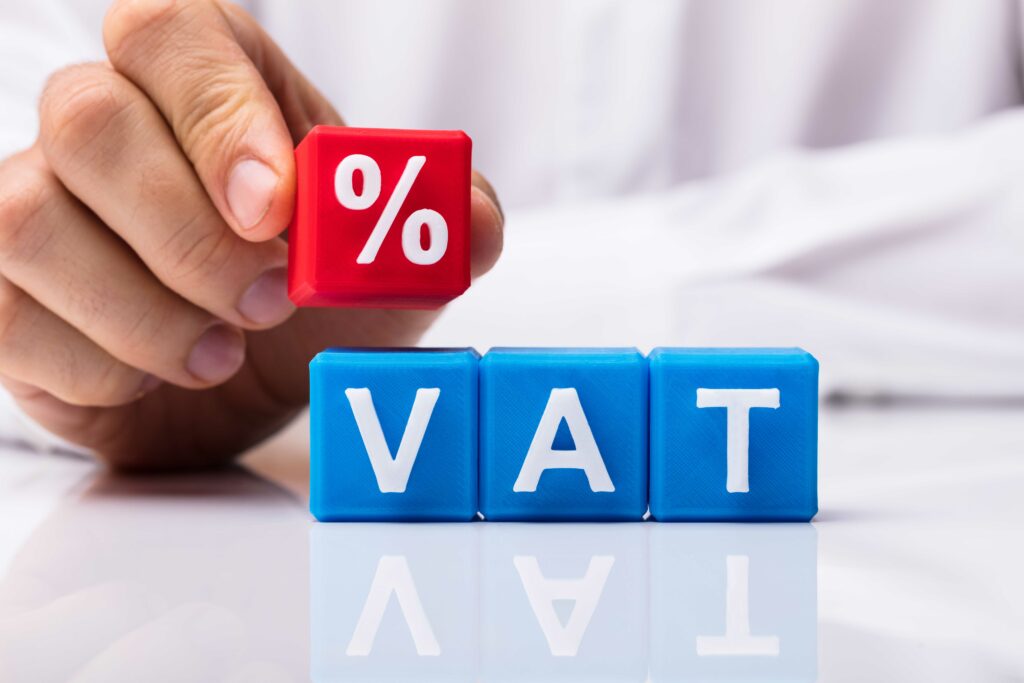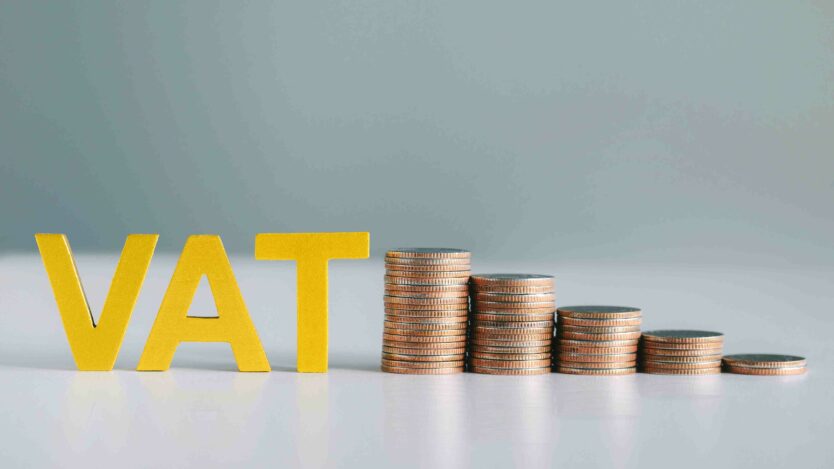In the latest article in our series, The Price of Club Golf, we find out more about how traditional clubs deal with VAT
This article is part of GCMA Insights – topical content for golf industry professionals, discussing the things that matter to those who work in golf clubs.
There is an urban legend in the golf industry that when it comes to VAT, private members’ clubs have got it easy.
They don’t have to pay VAT on subscriptions – apparently giving them a massive advantage on proprietary outfits when it comes to cashflow.
And though they can’t officially make a ‘profit’, they are allowed to retain a surplus – and that means they’re laughing all the way to the bank.
Or so the myth goes.
The reality, as we’ve already seen throughout The Price of Club Golf series, is somewhat different.
Lots of clubs are still living from hand to mouth – despite the sport’s participation boom after Covid – while failing to plan ahead leaves others teetering.
But what effects does VAT have? Do private members’ clubs have it all their own way, or can they also get a shock too from customs and excise?
Get involved in the debate.
To join the GCMA, click here, or to organise a call with a call with a member of the GCMA team, just complete the form below.
We asked Craig Billington, director of Tee to Green Accountancy, to explain the reality for private members’ clubs and how the GCMA partner can assist clubs with their VAT issues.
WHY JOIN THE GCMA?
Membership of the GCMA unlocks a network of like-minded professionals, provides you with support in your professional and personal development, and provides you with a multitude of benefits. Whether that’s the tools that will help you to excel in your profession, or a wide range of services to support your wellbeing, signing up to the GCMA is joining a community.

There’s a cliché that proprietary clubs get a tough deal on VAT, because they pay on memberships and private clubs don’t. But what is the reality for private members’ clubs and VAT?
To a degree that is the case. But I think the harder situation is for the members’ clubs. That’s because when proprietary clubs charge VAT on their subs that also means they can recover VAT in the main on all of their expenditure.
So with proprietary clubs if they spend £200,000 a year on green expenditure, and they are incurring VAT on all of it, then they can recover all, or at least most, of the VAT.
With a members’ club, the position generally is that VAT rates of recovery on the partial exemption scheme are somewhere between 25 and 33 per cent of the VAT incurred. There are obviously some that are higher and some that are lower.
How is that expressed within golf clubs? What does it mean?
Say your club turns over £1 million. If it has £100,000 of bar and catering income, all of which are vatable, and £900,000 of membership income, then the VAT recovery rate on their partially exempt expenditure will be 10 per cent.
The best way to describe it is like a bit of a Venn diagram. You have bar and catering, which are wholly vatable, and then on the other side of the coin, you’ve got greens expenditure which in theory is all exempt from recovery.
Then you have that small piece in the middle, which is something that can’t be allocated to only greens or only vatable expenditure. That area is partially exempt and it’s partially recoverable.
The best example of this would be our fees at Tee to Green – because you can’t allocate those fees to wholly vatable or to wholly exempt so you recover part of it.
Does it apply to capital projects?
Potentially, yes. There are certain conditions which need to be met in order that capital expenditure, that would otherwise be wholly exempt, has a recoverable element. The VAT rules rule on a halfway house would potentially be different to a new sprinkler system or a members’ only locker room, all of which need investigating individually to decide on VAT recovery rates.
So with only partially exempted VAT in some areas and VAT they can’t claim back at all in others, I imagine it can start to get expensive for golf clubs?
I was talking to a club this morning that are looking to spend a large amount on a new clubhouse. If all the VAT is irrecoverable then it is a very large sunk cost to the club, whereas if the club is recovering VAT at 30 per cent then this could have a significant impact on the overall cost of the project. That gives the potential for significant sums of VAT to be recovered where previously, VAT was irrecoverable.
How can Tee to Green Accountancy assist clubs and the wider industry with these VAT issues?
We’re happy to carry out a VAT audit with clubs, the fee for which starts from around £750 plus VAT for the initial work.
If clubs have been under-claiming or under-recovering VAT, and we work to recover that, we’ll charge a flat 20 per cent fee on whatever we get back.
What we’re mainly finding is, even ignoring the issue around greens expenditure and the partially exempt nature of it, that clubs have been calculating the VAT incorrectly (which could lead to fines should HMRC investigate).
I had one club get in touch a few weeks ago and they’ve been recovering VAT for the past five years on all their greens expenditure. So irrespective of whether we can potentially bring some VAT recovery for clubs, and put some cash in the coffers, we’re bringing them into a compliance state where the nature of the returns being submitted to HMRC is correct.
To learn more about Tee to Green, visit their website.
This article is part of GCMA Insights – topical content for golf industry professionals, discussing the things that matter to those who work in golf clubs.
Get involved in the debate. To join the GCMA, click here, or to organise a call with a member of the GCMA team, just complete this form and we’ll be in touch!
Enquiries
"*" indicates required fields



